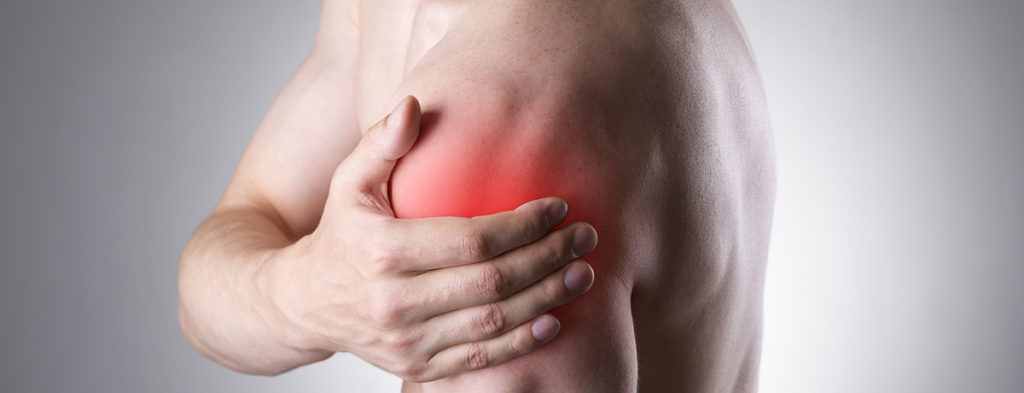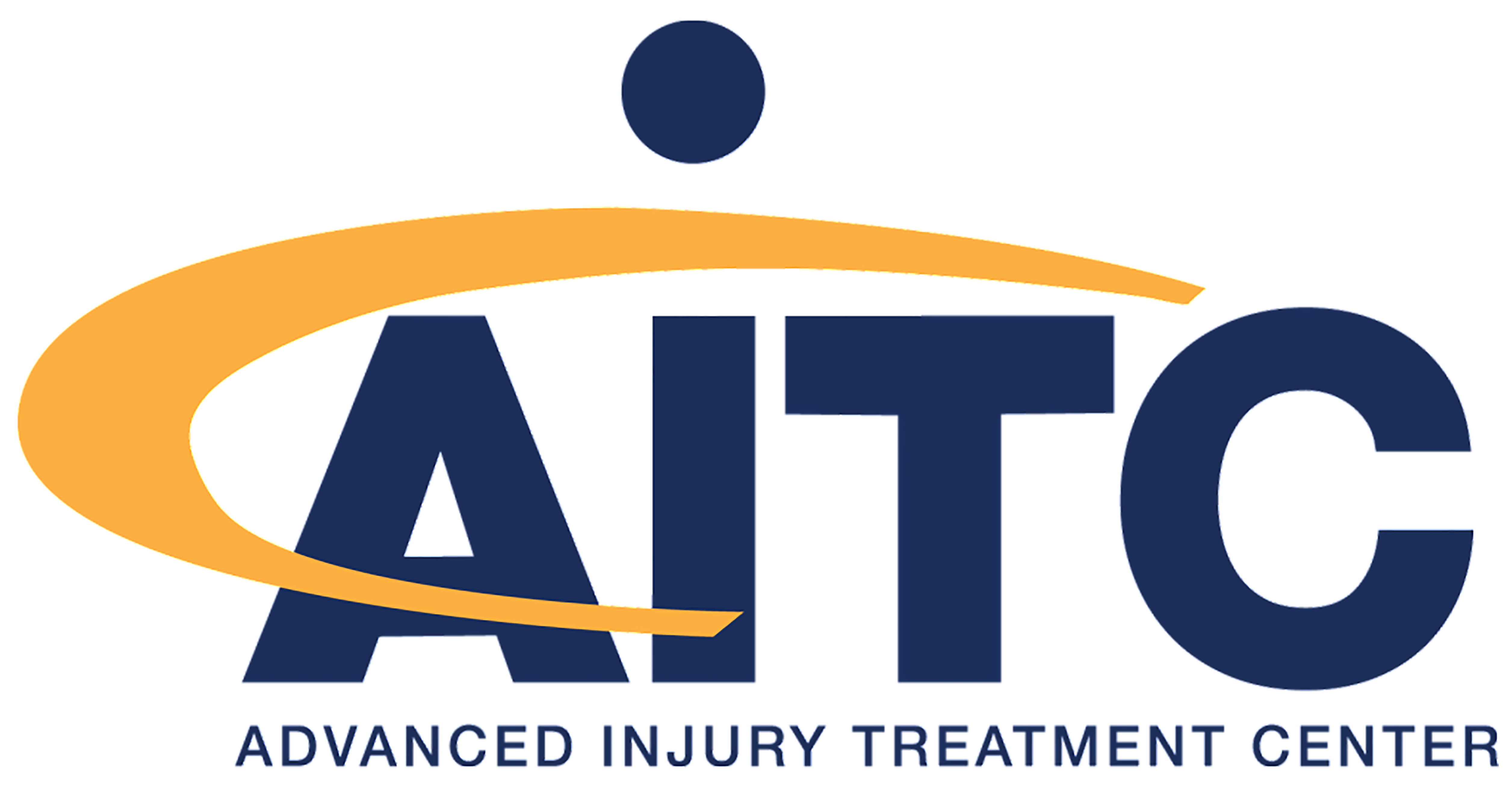The Shoulder

The shoulder is constructed to provide freedom of movement. The shoulder girdle consists of the scapula (shoulder blade) and clavicle (collar bone) and is linked to the chest at the top of the sternum. The shoulder joint links the upper arm to the scapula. The shoulder girdle and shoulder joint work together whenever you move your upper arm. The combinations of movements available between the trunk, shoulder, and shoulder girdle allow for complex skill activities like playing tennis, golf, lacrosse and basketball, throwing discus, baseball pitching, archery, boxing, and performing martial arts.
The shoulder is loosely bound, so during normal movements certain muscles act to stabilize the arm. The rotator cuff, biceps, triceps, deltoids, pectorals, and latissimus dorsi are all involved in shoulder movement and arm stabilization. A majority of people will experience shoulder pain at some point during their lifetime. The bones and soft tissues forming the shoulder and shoulder girdle can be injured through trauma or overuse. Injury can disrupt normal patterns of movement in the arm down to the hand, and also in the neck, chest, rib cage, upper back, and pelvis. Strains, pain, bruising, swelling, tearing, and dislocation can cause muscle inhibition and muscle wasting can follow quickly. The injury may present itself as pain, clicking, catching, or popping, may interfere with sleep and other daily activities, and may be constant.
It is important to seek medical attention for both traumatic injury as well as suspected overuse injury. After any injury, the muscles around the shoulder will be weak. As the shoulder depends on its muscles and tendons for stability as well as movement, the priority is to strengthen them and to restore the correct movement patterns. Basic isometric exercises followed by dynamic strengthening, stretching, and mobilization in addition to manual therapy and neuromuscular coordination, all within pain limits, will help to assure a fast and full recovery.
